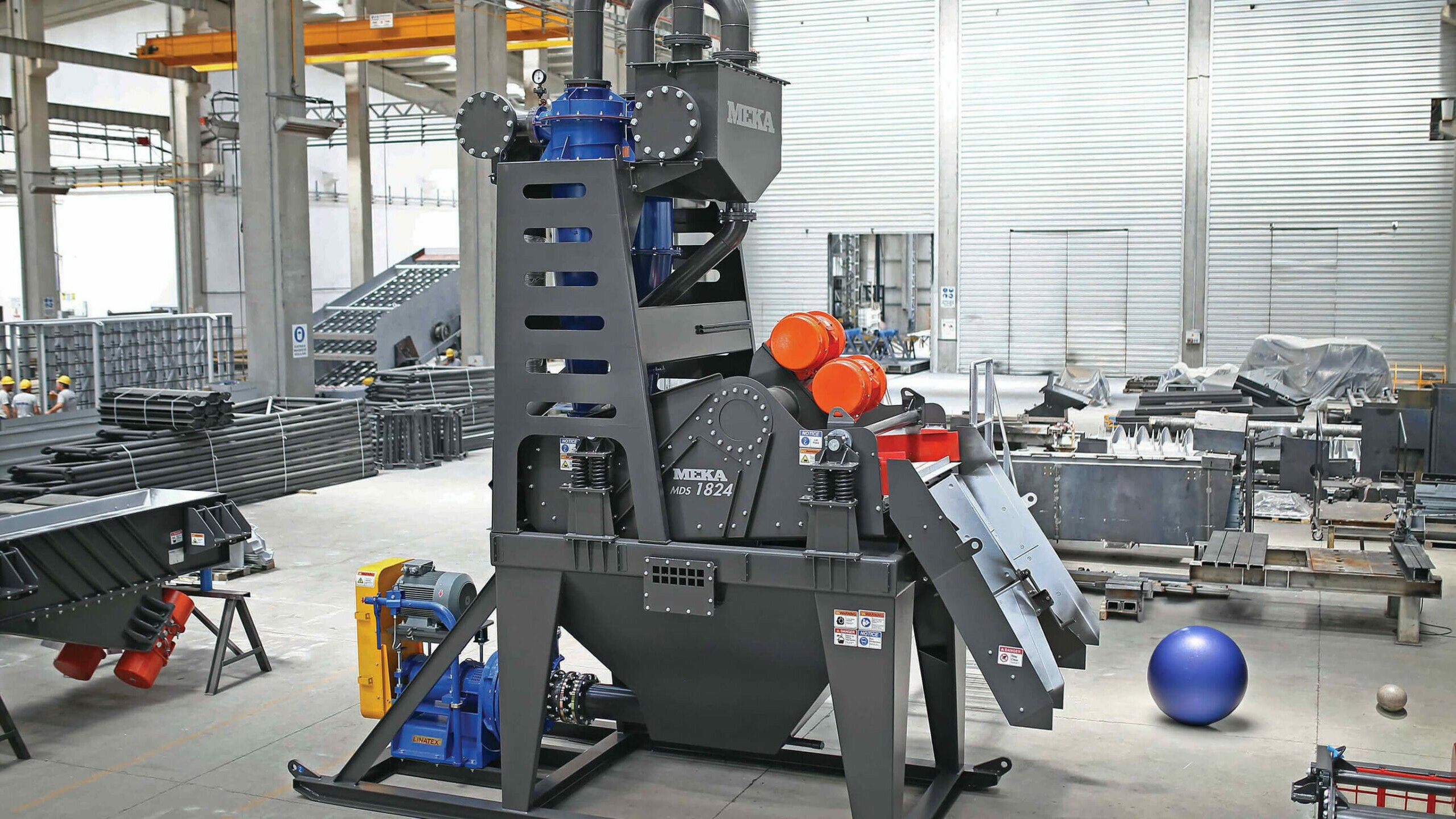
Creating documentation for manufacturing can be a time-consuming and error-prone process. New products often need several variations that require continuous updates with new features or regulation compliance, not to mention the need to deliver content in multiple languages simultaneously. And of course, this all needs to be done swiftly and across the board for all products. So how can you quickly and efficiently implement all updates and changes without losing track of where your content currently resides?
What you need is a component content management system that is designed specifically with the technical writer in mind. In this post, we will offer examples of how the Paligo Component Content Management System (CCMS) helps manufacturing companies with technical documentation through topic-based authoring and content reuse features. You’ll learn how various types of manufacturing companies can manage product content, updates and variations between products quickly and efficiently. Now, let’s explore the solution to streamline your technical documentation with less effort, and better results.
Fast and effective technical content management with Paligo
As anyone in manufacturing knows, when making changes to a product, it’s important that they only apply to the specified items. For example, if a sizing chart changes and the alterations affect only one size but not the others, it normally takes a great deal of time to identify every individual product. Unless, of course, you have Paligo.
How content reuse simplifies manufacturing documentation
A component content management system is an important tool for any manufacturing company that produces similar products with variations. It allows the reuse of existing content rather than creating it from scratch every time, which saves time and money.
Let’s say you have a company that manufactures many different types of boat engines. Some of the product documentation will, of course, be the same, except for some small differences. All you need to do is build a comprehensive taxonomy in your documentation and tag the unique features. Then, when printing manuals for the specific engines or adding information to an online catalogue, the user will only see the relevant information for each product.
Taxonomies are especially useful for product pages. All of your content stays in one place, so it’s easy to add new products or variations of existing products without any delays or errors. And when a product needs to be updated, it’s a simple matter to locate that model since there is a central, cloud-based repository. So, when you need to make a change to one component in a product, you simply locate that instance in one place and it automatically updates all other components and variations. This saves time and ensures that your product documentation is always up-to-date.
But what if you have different names for your products in different markets? Or markets that require warning labels while others have no restrictions? No problem! Simply set your tags with the different variables for different markets.
And what if these markets operate in a different language? It’s also possible to systematically translate your documentation, through Paligo’s integrations with Translation Memory Systems (TMS) like Phrase or Semantix. Or you can use your own professional translation service directly within the Paligo translation interface.
Find product content quickly
When a company has a lot of content, it can be difficult to keep track of it all. The challenge is to find a way to organize your information so that it makes sense. With the Paligo CCMS, all of your company’s content is stored in one place and easy to find. This saves time and ensures that everyone is on the same page when creating a new product or adding a new variation.
All of the information required for a product can be added into Paligo. This includes the product data, engineering drawings, specifications, and other related documents. (It’s also helpful to know that the Paligo CCMS supports images in various formats, including vector images and 3D models through third-party tools.)
Let’s take a look at one example of how Paligo makes your work a lot easier.
Suppose your company manufactures auto parts. Each part has a manual with an accompanying schematic. That schematic is connected to a part number. After a while, you may run out of that specific part. So it’s time to update the schematic for the new part. All you have to do is search for the part number and replace it one time with the new number. All other instances of that part will then automatically update in all places it’s published!
No more delays in the review process
After writing a guide or manual, you will often need a technical editor or a subject-matter expert (SME) to review for accuracy. For this scenario, we will use a power tool company. A new electric drill needs the correct operating instructions. As the technical writer, you enter the information in the CCMS, but is it correct? For that, you may need to run the information past an SME or senior editor. The main challenge here is getting an SME or editor to review your material on time. After all, you need to maintain your publishing schedule.
Luckily, the review workflow and activity is also part of the Paligo CCMS experience. And since Paligo is a cloud-based platform, your reviewers will work directly in the same document, allowing you to see suggestions or changes immediately. Plus, the collaborative setup of Paligo lets you direct the reviewer to the exact piece of relevant content. Someone who is not necessarily working in technical writing, such as an SME, will easily be able to find the information they need as it is already sectioned into specific topics. Once the content is reviewed, you can update it immediately, thus removing the usual waiting time for the document to find its way back to you. And now you have everything you need for efficient collaboration with writers, contributors, and reviewers all in the same place.
Note: You also have the option to implement permissions with different levels of access to ensure certain reviewers are unable to directly change the document.
Leveraging Translation/Localization in CCMS
In today’s globalized market, manufacturing companies often face the challenge of delivering their content in multiple languages alongside their English product shipment. This is where having translation/localization in your CCMS becomes crucial. By integrating this feature into the content management process, companies can achieve improved accuracy of translated content while reducing time to market. The ability to streamline translation workflows and automate the localization process not only saves time but also reduces translation costs. Moreover, by ensuring consistent terminology and style across all languages, companies can significantly enhance the quality of their content.
The Paligo CCMS keeps track of content translations in a single location, instead of having to manage them separately. Translations in Paligo can be managed with the assistance of a professional translation service or manually done with Paligo’s translation editor. Paligo also offers integrations with top translation providers (e.g. Semantix and Phrase) to facilitate the translation process, as well as built-in workflows, a translation editor, and assignments. With a robust translation feature, manufacturing companies can effectively meet the demands of a global audience, expanding their reach and maintaining a competitive edge in the industry.
Paligo makes work easier
The bottom line is that the Paligo CCMS can be an extremely valuable tool for technical writers working in any manufacturing industry. It saves time and effort, helps to make sure products are always up-to-date, and makes it easy to reuse content. So, there will be no more copy-pasting for similar products or spending hours picking out the small differences between models. And remember, updating is a breeze when you don’t have to memorize or keep notes on all the instances where the product material you need to change may have been published.
Now is the time to take advantage of the Paligo Component Content Management System and reduce your workload considerably.
Share
Author
Heather Jonasson
Heather is an experienced content strategist, editor, and copywriter with a background in Communications and Media. For over a decade, she has been dedicated to creating content that is both engaging and informative on a variety of projects in the software, gaming, and food tech industries.



